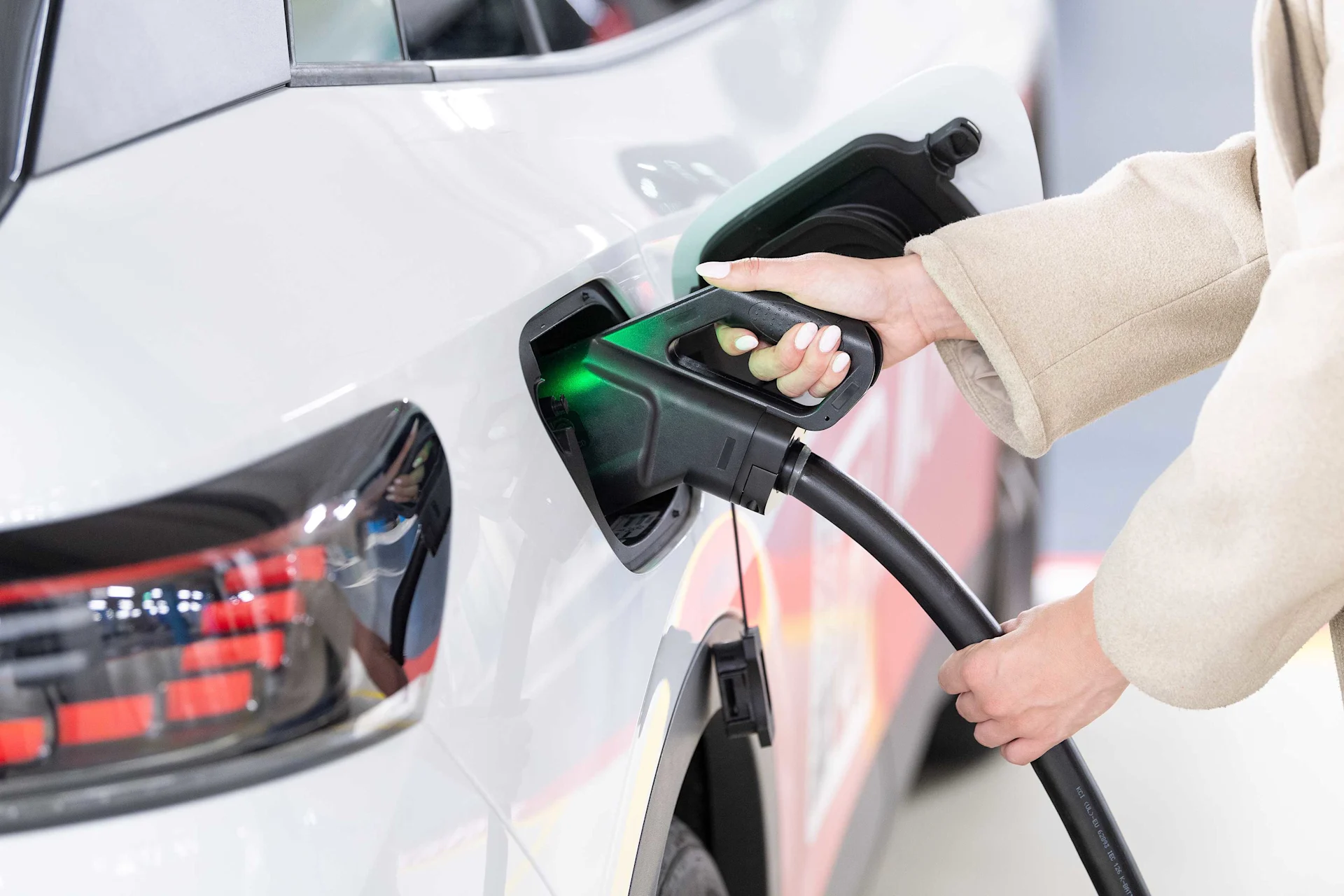
Climate & energy
Maximising your electric car's lifespan
What can you do to ensure that the batterie continues to work perfectly for many years to come?
navigation

Climate & energy
Is a photovoltaic system even an option for my home? We'll tell you what it requires and what the system can do.
Basically everyone who has a roof, balcony or façade that is suitable for generating electricity (see next question). Because the systems are considered electrical installations, installers also need an installation permit from the Swiss Federal Inspectorate for Heavy Current Installations (ESTI).
The roof is usually the most suitable location. However, panels can also be installed on façades, balconies or outdoors. For a photovoltaic system to be worthwhile, the orientation must be right. “The north side is not so suitable because it usually gets less sunlight”, explains Silvio Gely, managing director of the solar company Alectron. In addition, cantonal and communal building regulations must be observed.
During the day. Ideal conditions are when the sky is clear and the panels are exposed to direct sunlight - in summer and in winter. The panels must of course not be covered with snow in winter. However, photovoltaic systems also generate electricity when the sun is not shining directly on them and the sky is cloudy.
As a rule of thumb, depending on the pitch, orientation and technology, one square metre of a modern photovoltaic module can supply 150 to 230 kilowatt hours of electricity per year. For example, a 30 square metre system can generate about 4,500 kilowatt hours of electricity. Just as much as a four-person household needs on average every year, according to Elektrizitätswerke des Kantons Zürich EKZ.
Your photovoltaic system is connected to your energy supplier’s house meter. The building draws its electricity from the grid. As soon as solar power is available, it is used first and only the additional demand is then drawn from the grid.
Single-family homes and apartment buildings are usually considered small customers and feed surplus electricity into the grid. “The energy supply company calculates the electricity that is fed into the grid from the house and compensates for the feed-in services on the electricity bill”, Silvio Gely explains.
Yes. Pronovo subsidises the installation of photovoltaic systems with a one-off payment. Pronovo is the accredited certification body for registering certificates of origin and handling the federal government’s renewable energy subsidy programmes.
This depends primarily on its size. Furthermore, there are rooftop and in-roof systems. The former is mounted on the existing roof. With in-roof systems, the roof or part of it is replaced with solar panels, which is why this option is more expensive.
“A photovoltaic system is the only part of the building that usually brings in more than it costs”, says Gely. So if the roof is suitable and you have the financial means, it’s worth installing a system.
Taxes in Switzerland are regulated on a cantonal basis, and the details differ. “In general, it is possible to say that solar installations can be deducted from taxable income”, says Silvio Gely.
Usually, the solar cells can remain in operation for 25 to 30 years. After that, they are replaced.
You thereby save electricity as well as energy and help to protect the climate.